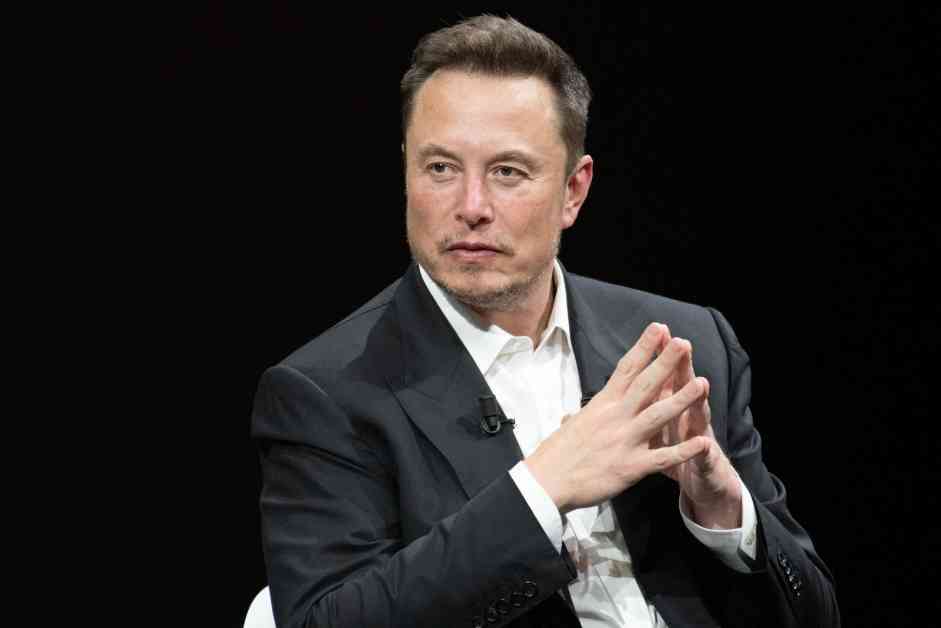Elon Musk, the CEO of SpaceX, recently issued a warning about the perils of space travel, particularly the journey to Mars. Musk, known for his ambitious goals of colonizing Mars, highlighted the risks and challenges that come with such a mission.
In a statement, Musk emphasized the need for caution and careful planning when it comes to venturing into deep space. He pointed out that the journey to Mars is fraught with dangers, including radiation exposure, isolation, and the physical toll that extended space travel can take on the human body.
Musk’s warning comes at a time when space exploration is becoming increasingly popular, with several countries and private companies vying to send humans to Mars. While the prospect of establishing a human presence on another planet is exciting, Musk’s words serve as a reminder of the difficulties and risks involved in such an endeavor.
One of the key challenges of traveling to Mars is the long duration of the journey. Depending on the alignment of Earth and Mars, a one-way trip to the Red Planet can take anywhere from six to eight months. During this time, astronauts will be exposed to high levels of cosmic radiation, which can have detrimental effects on their health.
Another concern raised by Musk is the psychological impact of long-term space travel. Being confined to a small spacecraft for months on end, with limited contact with loved ones and Earth, can take a toll on the mental well-being of astronauts. Musk stressed the importance of addressing these psychological challenges to ensure the success of a mission to Mars.
In addition to the physical and psychological risks, Musk also highlighted the need for advanced technology and infrastructure to support a human settlement on Mars. From life support systems to habitats that can withstand the harsh Martian environment, the logistics of establishing a colony on another planet are complex and demanding.
Despite the challenges and risks involved, Elon Musk remains determined to make his vision of a multiplanetary civilization a reality. SpaceX continues to work on developing the necessary technology and capabilities to send humans to Mars and beyond.
As we look to the stars and dream of exploring new worlds, Musk’s warning serves as a sobering reminder of the obstacles that lie ahead. Space travel, particularly the journey to Mars, is not for the faint of heart. It requires careful planning, technological innovation, and a deep understanding of the risks involved.
In conclusion, Elon Musk’s warning on the perils of space travel, especially the journey to Mars, sheds light on the challenges and risks that come with venturing into deep space. While the idea of colonizing other planets is exciting, it is essential to approach such missions with caution, preparedness, and a thorough understanding of the obstacles that must be overcome.

